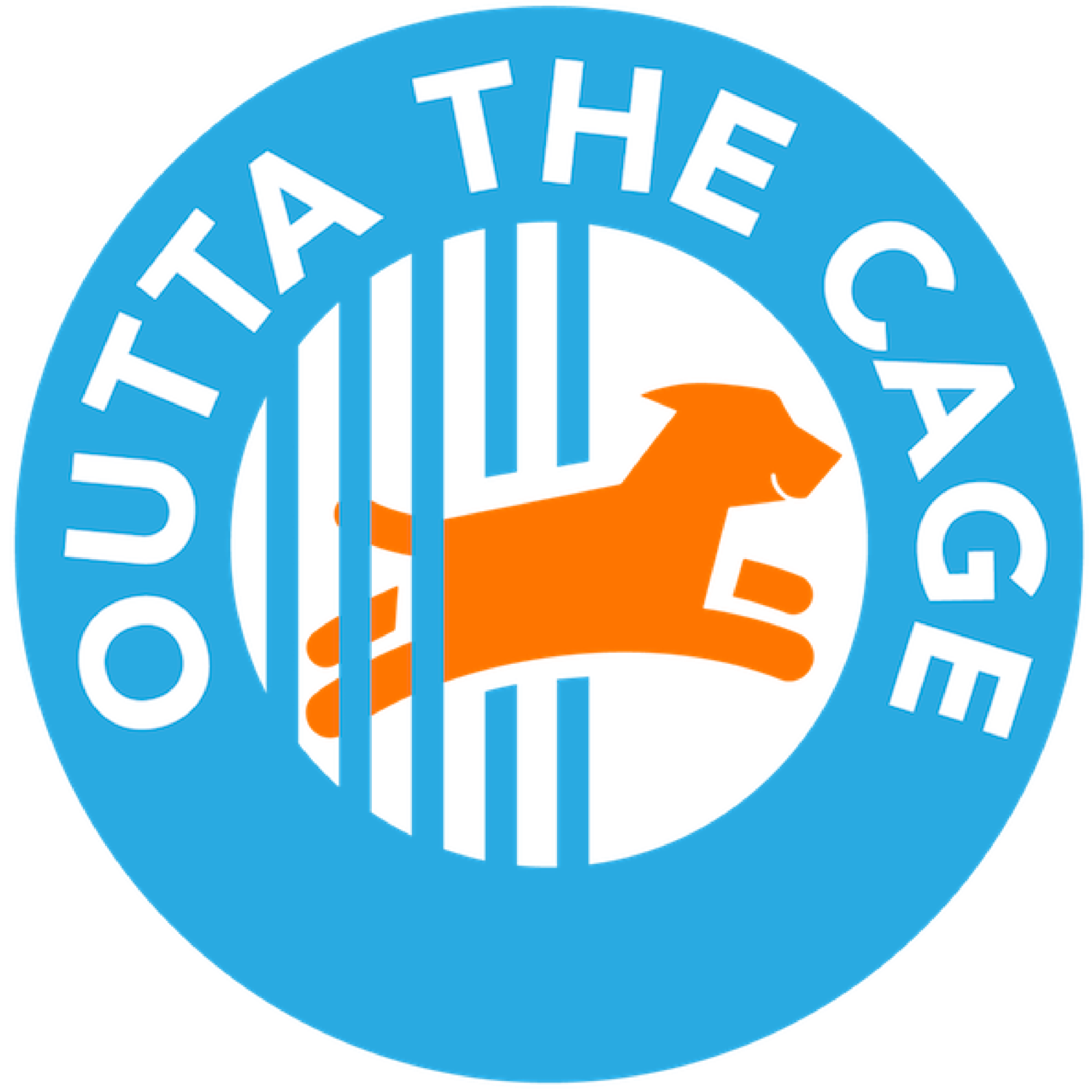In order to save more homeless pets, L.A. Animal Services must do 5 things, starting now.
In which Jill proposes some easy solutions for an ailing shelter system.
When I think of what’s wrong with animal shelters these days, I think in terms of “above the line” and “below the line.” “Above the line” issues are vast and systemic. They’re a veritable hairball of entrenched policies and processes that require the involvement of local politicians and animal advocates to unravel. They’re controversial. Think shelter privatization.
But there is also a set of “below the line” improvements that can be practically implemented now. With the exception of intransigent old schoolers, most shelter staff and volunteers would get behind these. They’re relatively easy to implement—and they save lives.
1. Reinstate play groups.
Three years ago, Outta the Cage cut back on working with L.A. County shelters and started rescuing more at L.A. Animal Services (LAAS). While there are several reasons for that decision, one of the main ones was the practice of regular playgroups. We found that our time-to-adoption shrank dramatically once we could add a playgroup video to a dog’s networking outreach. Sharing a dog’s playgroup video drives direct adoption: a member of the public sees one of our videos and goes and adopts the dog. Since we don’t have to rescue the dog, we can go save another!
The departure of LAAS supervisor Thomas Kalinowski was a blow to all of us who depended on play group videos to promote dogs in LAAS shelters. A recent email exchange with LAAS management confirmed a belief in the importance of play groups but offered no plan to continue them.
Most LAAS shelters have volunteers trained to run play groups. It’s time for them to establish a cadence for play groups. Videos of these sessions will further help shelter staff and volunteers promote the dogs in their care, get them seen, and get them out.
2. Turn the call center into a care center.
Anyone who’s called an L.A.-area animal shelter has a story of excruciating wait times, befuddled phone reps, and lack of information. Adopters tell stories of call center reps reading notes verbatim, or editorializing (“Sounds like this cat is MEAN!”). For a while, LAAS would funnel calls to a 311 operator who, after a long hold, would connect callers to the shelter, where they would be placed on hold. No wonder many would-be adopters simply hung up!
Potential fosters and adopters are, in fact, shelter customers. They need to be treated courteously, informed, and coached on the steps involved in bringing a pet home. Call center reps should be measured not on how many calls they can take, but on customer satisfaction.
3. Involve volunteers in euthanasia decisions.
At the shelter recently, I spent time with a dog named Rasta, a friendly American Bulldog who’d lived with a family and knew how to ride a skateboard. On the day Rasta was surrendered, he was taken “to the back.” By the time anyone noticed him, he had been listed for euthanasia.
I asked a shelter supervisor for more time so we could network Rasta.
“Have you read his notes?” asked the supervisor.
I had. Like many dogs in shelters, Rasta’s notes were a hodgepodge of glowing and concerning comments. The volunteers who were providing him with enrichment described him as initially shy, affectionate, and engaging. The staff members who cleaned Rasta’s kennel described him as jumpy and aggressive. It was clear that this supervisor was prioritizing staff comments.
Are volunteers always right? Probably not, and most of them would even agree there are dogs who should not be placed in homes for safety reasons. But in short-staffed LAAS shelters, volunteers have richer and more personal interactions with the animals. Volunteers record these interactions electronically, providing detailed information that can color in a dog’s true personality and save its life.
Rasta was adopted four days later, and now lives with a teenage boy who just happens to have a skateboard.
4. Promote in-house fostering.
Did you know that LAAS shelters have a foster program? Neither do most people.
While LAAS has a comprehensive web page about fostering, call center staff rarely mention it as an option to interested callers. Every animal’s kennel card should designate whether that animal is foster-eligible. Even two to four-day “staycation” programs can make a huge difference in an animal’s adoptability. And there’s always the chance that the foster will end up adopting!
5. Formalize case management.
In 2021, I wrote an e-book on shelter reform, in which I proposed the practice of case management. An established practice in healthcare and social services, case management ensures that every “case”—be it a patient, a child, a family in need, or a shelter pet—has an assigned advocate.
In a shelter, that advocate would be a staff member or volunteer who has spent time with the animal, knows its history, can monitor its progress, can update its notes, and ultimately describe the ideal outcome.
The advocate would be in touch with a broader team, including shelter management, veterinary, and behavioral staff. The practice of daily rounds—visiting animals in their kennels and noting changes in behavior or health—ensures information about each animal is accurate and updated. Describing these daily interactions and observations in the animal’s record enriches information that can be shared with volunteers, fosters, and adopters.
When compared to broader, above-the-line transformations shelters must undergo, these changes are easy to implement and (in most cases) non-controversial. The hard part isn’t putting them in place, but rather convincing shelter leaders to give them a try.

